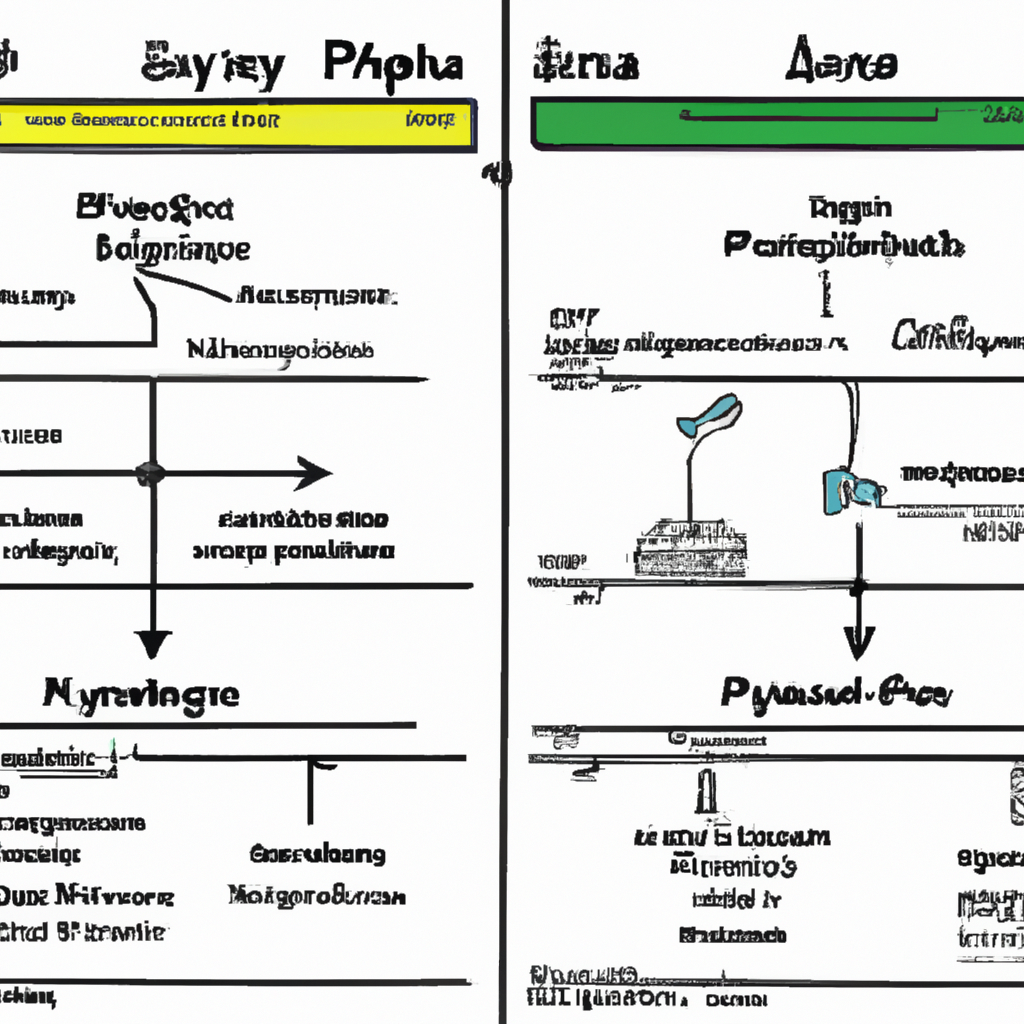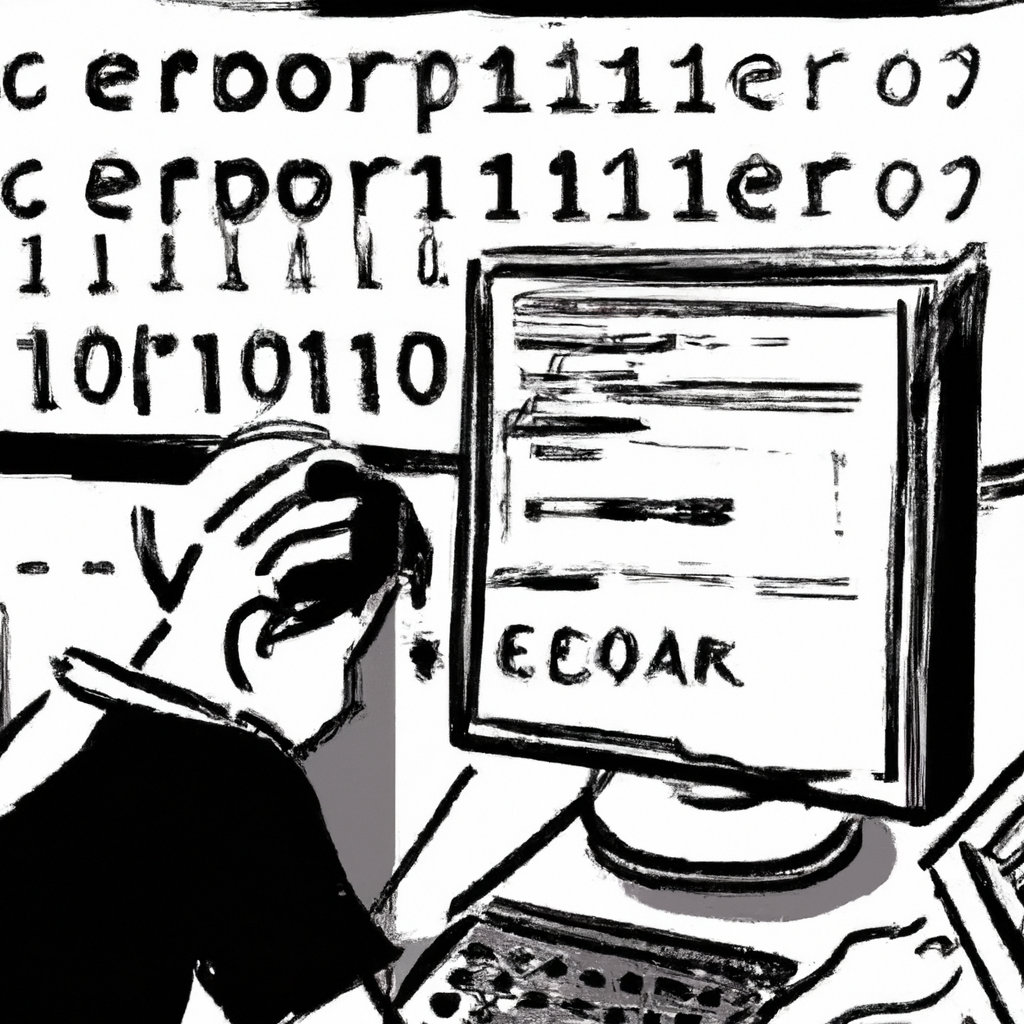Dear Readers,
AI plays a crucial role in our blog, helping us manage our time more effectively to keep the content flowing. While AI assists with content creation, which may lead to occasional spelling or grammar errors, our primary goal remains clear: to deliver meaningful insights to you. For important matters, please consult a specialist.
Thank you for your understanding and support.
Best regards,
Education.com.cy
Summary
This article serves as a comprehensive guide for beginners interested in learning how to code. It covers the basics of coding, how to choose a programming language, setting up a development environment, writing your first program, debugging and testing, and finding learning resources and communities. By the end of this article, readers will have a clear understanding of how to start their coding journey and the resources available to support them.
Introduction
Coding has become an essential skill in today’s digital age. Whether you want to build websites, develop apps, or automate tasks, coding opens up a world of possibilities. For beginners, the journey can seem daunting, but with the right guidance and resources, anyone can learn to code. This article aims to provide a step-by-step guide to help beginners get started with coding.
Main Sections
Understanding the Basics
Before diving into coding, it’s important to understand what coding is and why it’s useful. Coding, or programming, is the process of creating instructions for computers to follow. These instructions are written in programming languages, which are designed to be understood by both humans and machines.
Choosing a Programming Language
There are many programming languages to choose from, each with its own strengths and applications. For beginners, it’s best to start with a language that is easy to learn and widely used. Some popular choices include Python, JavaScript, and Scratch. Python is known for its simplicity and readability, making it a great choice for beginners. JavaScript is essential for web development, while Scratch is a visual programming language designed for kids.

Setting Up Your Development Environment
To start coding, you’ll need to set up a development environment. This includes installing a code editor or integrated development environment (IDE) and any necessary software or libraries. For Python, you can use editors like PyCharm or VS Code. For JavaScript, you might use a browser-based editor like CodePen. Scratch has its own online platform where you can create and share projects.

Find out how the strategies discussed in the article
"How Teaching a Song Can Improve Your Child’s Learning and Well-Being"can help address internet addiction in children and teens.
Writing Your First Program
Once your development environment is set up, it’s time to write your first program. A common first program is “Hello, World!” which simply prints this message to the screen. In Python, you would write:
python
print("Hello, World!")
In JavaScript, you might write:
javascript
console.log("Hello, World!");
In Scratch, you would use blocks to create the same output.
Step-by-step visual guide showing how to write a “Hello, World!” program in Python, JavaScript, and Scratch.
Debugging and Testing
Debugging is an essential part of coding. It involves finding and fixing errors in your code. Testing ensures that your code works as expected. Beginners should learn how to read error messages and use debugging tools available in their code editor or IDE. Writing test cases can also help catch errors early.

Learning Resources and Communities
There are numerous resources available to help beginners learn to code. Online platforms like Codecademy, Khan Academy, and Coursera offer courses in various programming languages. Books, tutorials, and coding bootcamps are also valuable resources. Joining coding communities, such as GitHub, Stack Overflow, or local coding meetups, can provide support and motivation.
Collage of logos from popular coding platforms and communities like Codecademy, Khan Academy, Coursera, GitHub, and Stack Overflow.
Conclusion
Learning to code is a rewarding journey that opens up many opportunities. By understanding the basics, choosing the right programming language, setting up your development environment, writing your first program, and utilizing debugging and testing tools, you can start your coding journey with confidence. Remember to take advantage of the many learning resources and communities available to support you along the way.
Illustration of a diverse group of people coding together, symbolizing the supportive and collaborative nature of coding communities.
Thank you for reading our article on Coding for Beginners. We highly value your feedback and invite you to take a brief survey to share your thoughts and experiences. Your responses will be kept confidential.
Dear Readers,
Welcome to my blog, where technology, music, and visual arts come together to spark creativity and growth. By subscribing, you’ll become part of a vibrant community committed to exploring and learning in these areas.
Select the type of engagement that suits you best:
Join us and enjoy tailored content and direct support suited to your interests.
